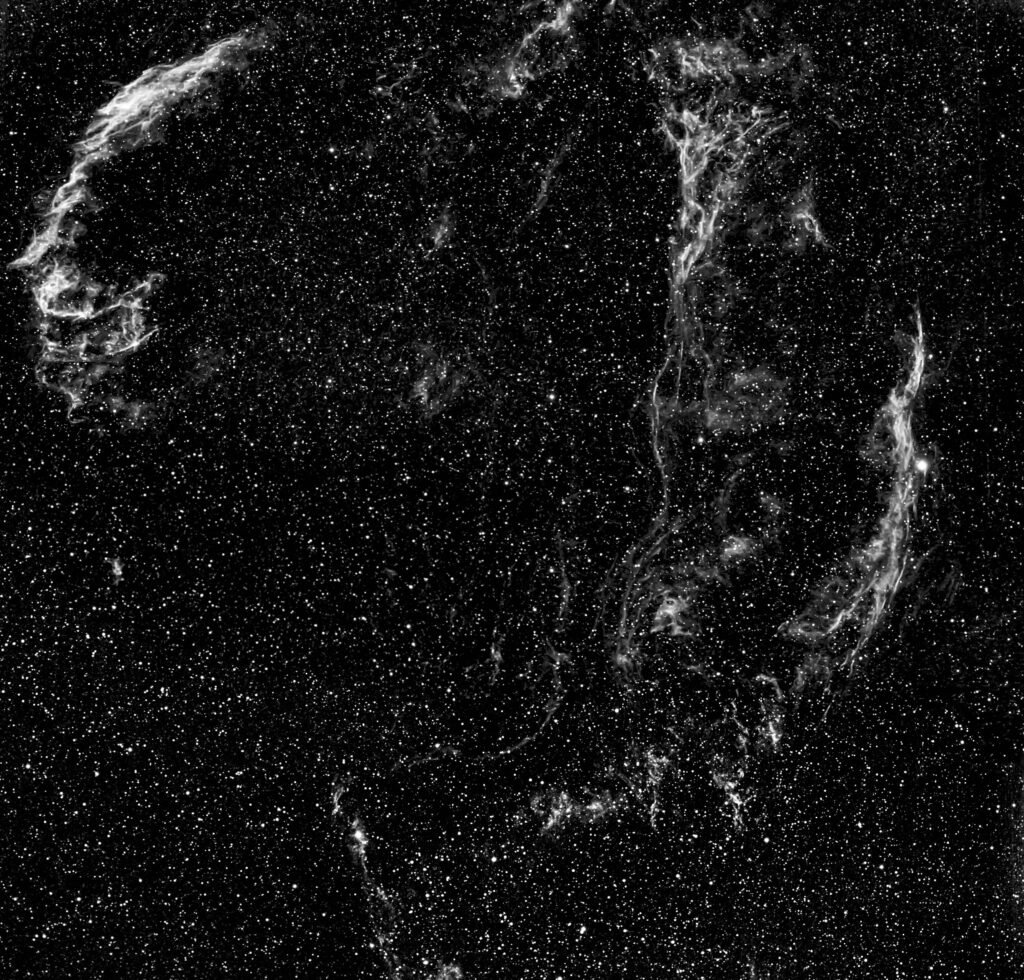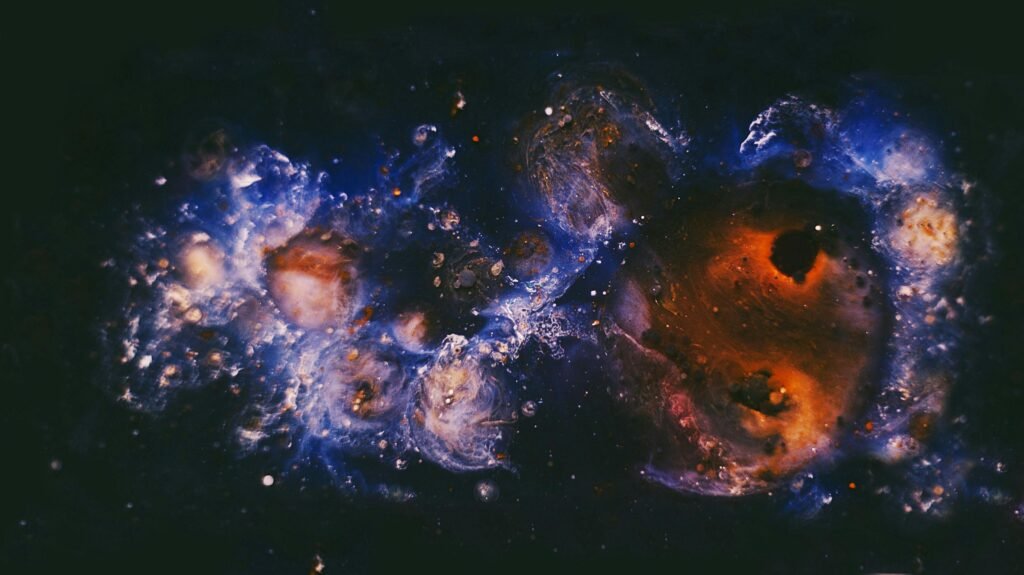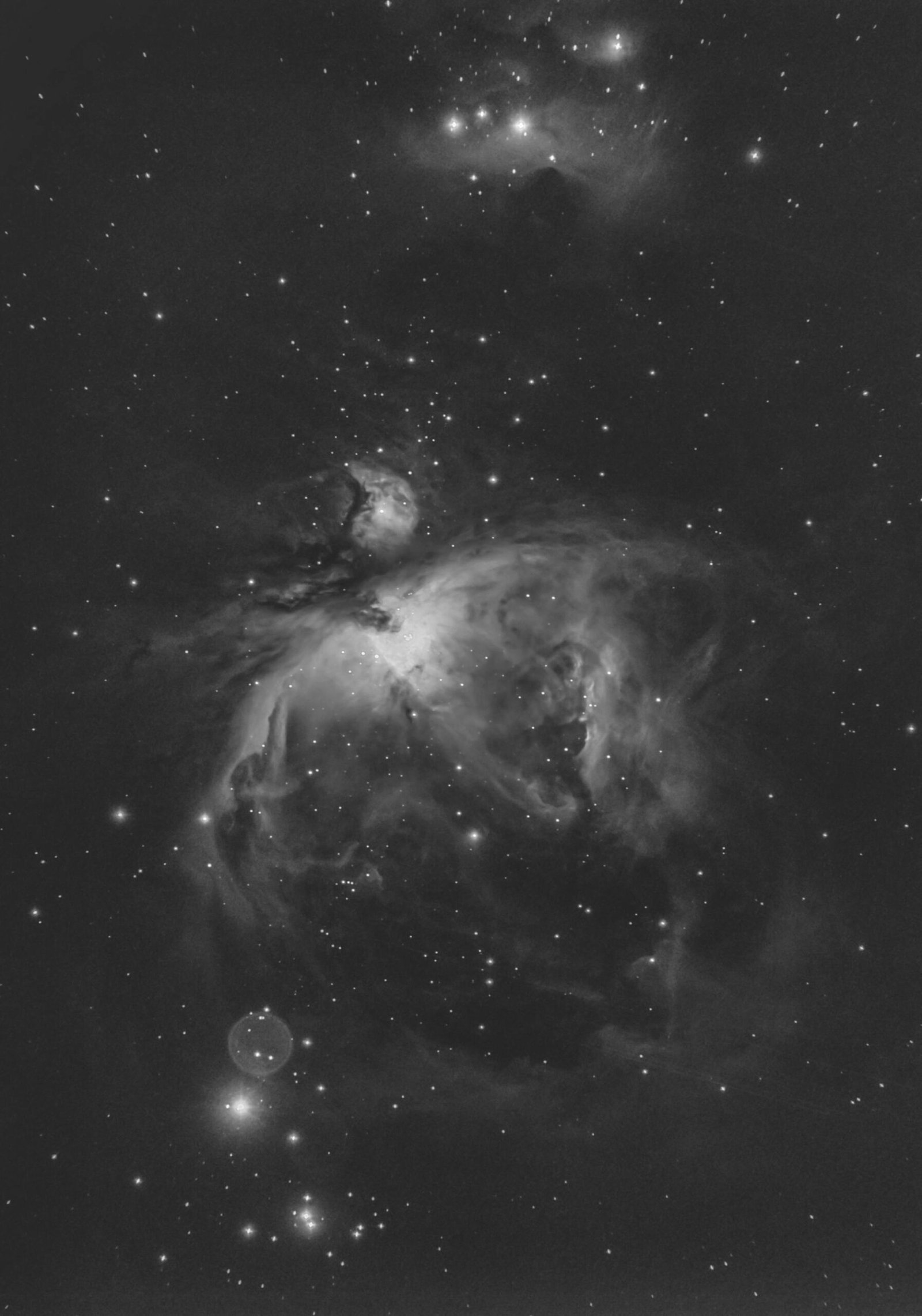In a groundbreaking discovery, artificial intelligence (AI) has successfully detected a supernova without any human assistance. A team of astronomers led by researchers at Northwestern University developed a new AI tool called the Bright Transient Survey Bot (BTSbot) to automate the process of identifying candidate supernovae. In a live test, BTSbot worked alongside robotic telescopes to identify, confirm, and classify a previously unknown supernova. This marks the first time such a discovery has been made without human involvement. By removing humans from the loop, AI technology like BTSbot allows for more efficient observation and analysis of cosmic explosions, advancing our understanding of the universe.
Artificial Intelligence Discovers Supernova Without Human Intervention
Introduction
In recent years, there has been much debate about the impact of artificial intelligence (A.I.) on various aspects of our lives. From the realms of science fiction to the real world, the question of whether A.I. will save or endanger humanity has sparked discussions and inspired countless stories. One such story is the science fiction adventure series, Mrs. Davis, where a powerful A.I. named Mrs. Davis becomes an integral part of human society. However, there are still those who remain skeptical, like the character Simone, a nun who distrusts technology. In an unexpected turn of events, Simone strikes a deal with Mrs. Davis, leading to a fascinating exploration of the role of A.I. in our lives.
The Future of Astronomy Might Be Artificially Intelligent
While the fictional world of Mrs. Davis offers a unique perspective on the role of A.I., in reality, scientists are finding ways to leverage the power of artificial intelligence to enhance various fields of study. One field where A.I. is making significant strides is astronomy. Recently, a team of international astronomers led by researchers at Northwestern University introduced a groundbreaking A.I. tool called the Bright Transient Survey Bot, or BTSbot for short. This tool automates the laborious process of identifying candidate supernovae and represents a pivotal step forward in integrating A.I. into the scientific discovery process.

The Bright Transient Survey Bot (BTSbot)
BTSbot is the result of years of research and development by a dedicated team at Northwestern University. This A.I. astronomy tool is designed to analyze astronomical data and autonomously identify potential supernovae. By streamlining the identification process, BTSbot allows astronomers to focus their efforts on analyzing and understanding these cosmic explosions. The development team at Northwestern has worked tirelessly to create an intelligent system capable of assisting astronomers in their quest for new discoveries.
The Role of Artificial Intelligence in Supernova Discovery
Traditionally, identifying supernovae has been a labor-intensive and time-consuming process. Astronomers would manually examine multiple images of the same region of the sky, comparing them to detect any new sources of light. This meticulous process has limited the number of supernovae identified, as there are only so many astronomers and vast amounts of sky to observe. However, with the integration of A.I., the discovery of supernovae can be significantly accelerated and expanded.

The Manual Process of Identifying Supernovae
Before A.I., the process of identifying candidate supernovae relied heavily on the expertise and patience of astronomers. They would meticulously examine images of the sky taken at different times, searching for any sources of light that were not present in previous images. This process required careful analysis and often resulted in long hours spent analyzing data. Moreover, it limited the number of discoveries that could be made within a given timeframe.
Training BTSbot with Archival Images
To empower BTSbot with the ability to identify supernovae, the research team at Northwestern University trained the A.I. tool using 1.4 million archival images from approximately 16,000 sources. These images included confirmed supernovae as well as other temporary light sources. By exposing BTSbot to a vast range of data, the team aimed to provide the system with the knowledge and patterns to identify potential supernovae accurately.

The Discovery of Supernova SN2023tyk
In a monumental breakthrough, BTSbot successfully identified, confirmed, and classified a previously undiscovered supernova, named SN2023tyk. This was the first fully autonomous discovery of a supernova without any human intervention. The collaboration between BTSbot and robotic telescopes played a crucial role in this discovery. After BTSbot identified SN2023tyk as a potential supernova, it sent a request to a robotic telescope at the Palomar Observatory to obtain spectral data for further analysis. This seamless integration of A.I. and robotic telescopes allowed for efficient data collection and analysis.
The Role of Robotic Telescopes
Robotic telescopes have revolutionized the field of astronomy by automating observations and data collection. These advanced instruments can be remotely operated and programmed to perform specific tasks, reducing the need for human intervention. In the case of BTSbot, robotic telescopes played a vital role in confirming and analyzing the discovered supernova, eliminating the need for manual operation.

The Importance of Removing Humans from the Loop
The integration of artificial intelligence and robotic telescopes in the process of supernova discovery offers numerous benefits. By automating the identification and confirmation process, astronomers can focus their time and expertise on analyzing and understanding the nature of these cosmic phenomena. The removal of humans from routine tasks allows for more efficient data collection, analysis, and hypothesis development.
Conclusion
The discovery of a supernova without human intervention, thanks to the endeavors of the BTSbot and the collaboration with robotic telescopes, represents a significant milestone in the field of astronomy. The potential of artificial intelligence in revolutionizing the way we explore and understand the universe is immense. As further advancements are made, the role of A.I. in scientific discoveries will likely continue to expand. However, it is essential to strike a balance between human involvement and A.I. automation, ensuring that the unique insights and creativity of human astronomers are not overlooked. With promising benefits and future developments on the horizon, artificial intelligence holds great promise in advancing our knowledge of the cosmos.




